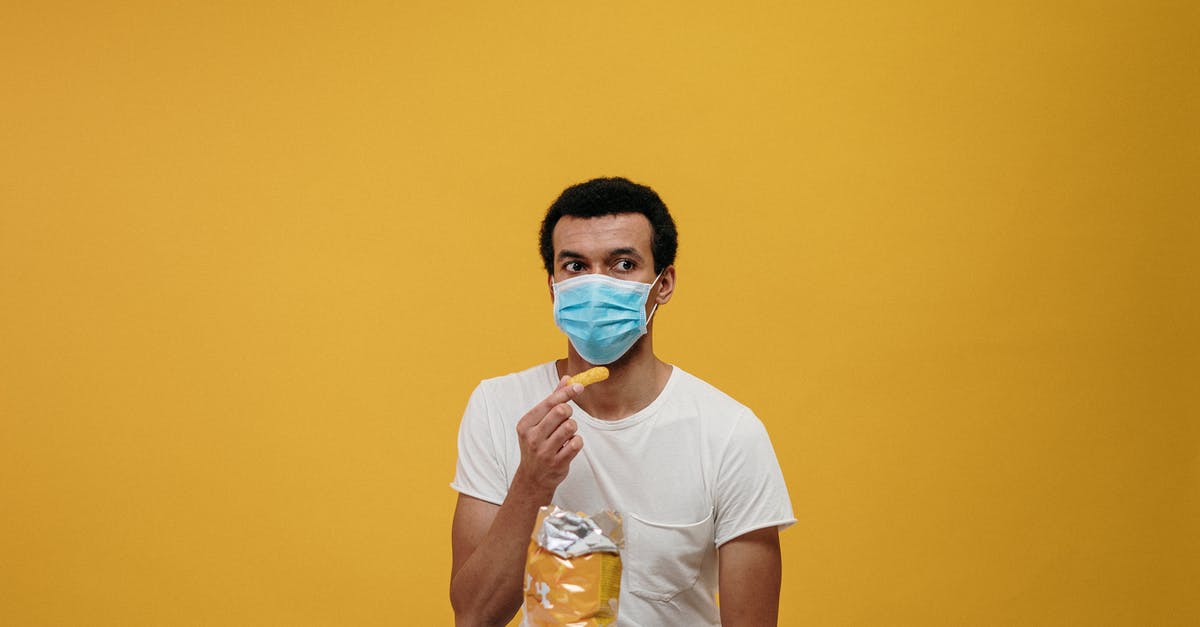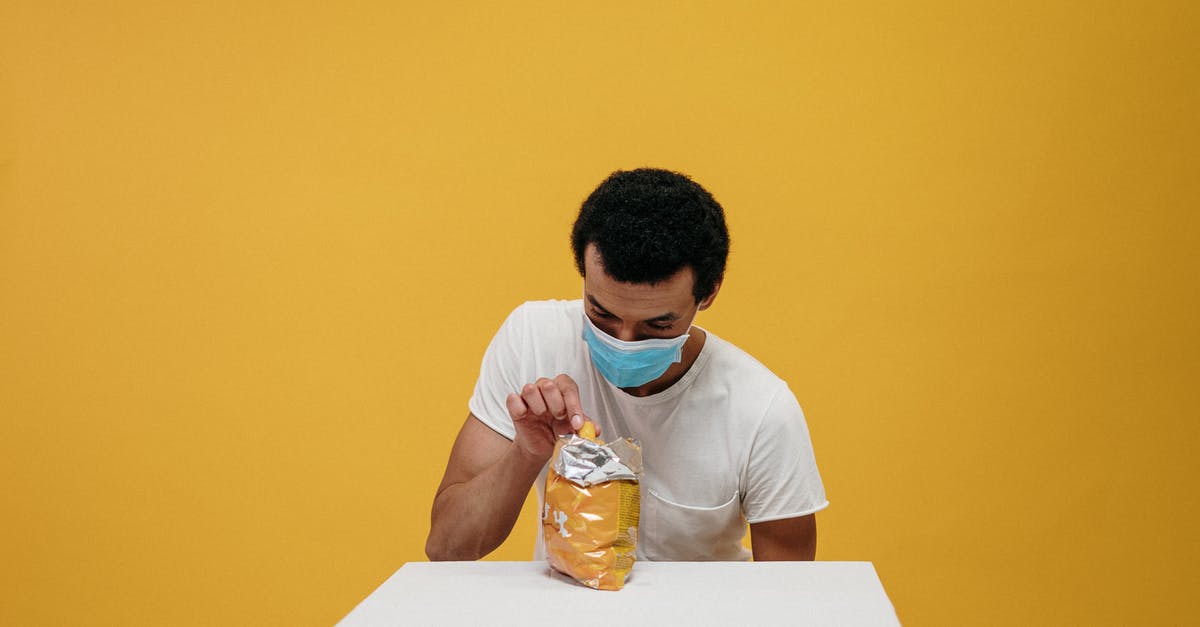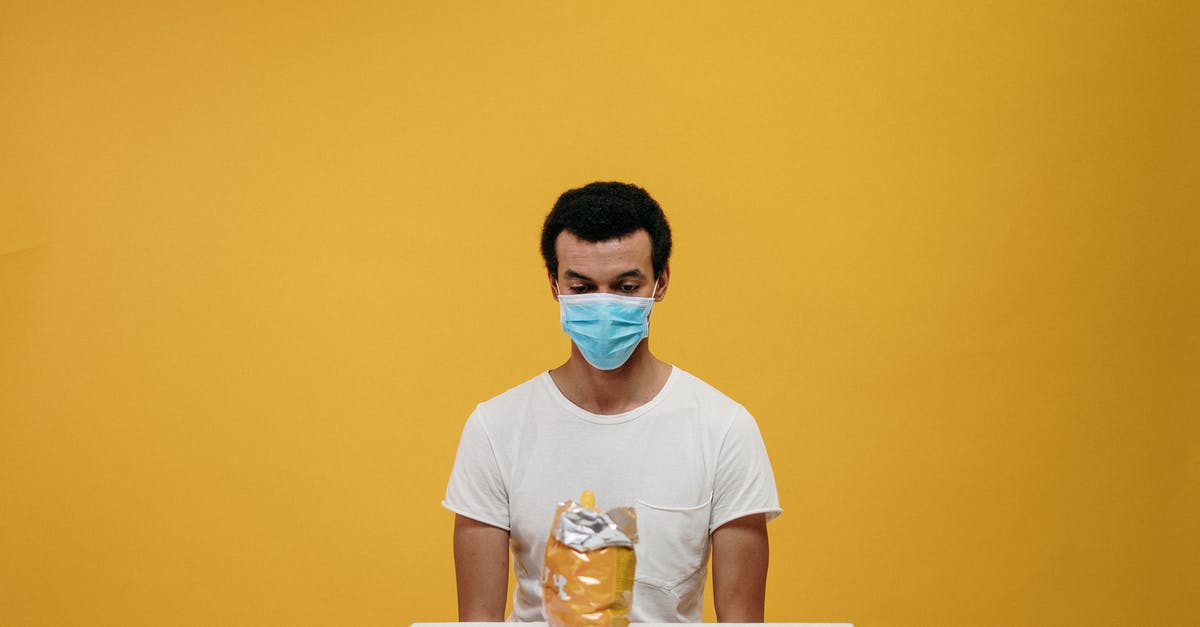How do I know if food left at room temperature is still safe to eat?

If I left food out of the refrigerator for some period of time, is it still safe? If I left it out too long, can I salvage it by cooking it more?
Best Answer
When in Doubt, Throw it Out!
You cannot always see or smell bacterial contamination. Mold that appears to be growing only on the surface may grow invisible roots into softer foods. Do not rely on a visual inspection or "smell test" to tell you whether or not a food is safe. It's not worth the risk - food poisoning can be much, much worse than an upset stomach.
The Danger Zone
Per the USDA guidelines, potentially hazardous food that stays in the temperature "danger zone", 40-140 °F (4-60 °C), for more than 2 hours should be discarded. For temperatures above 90°F (32°C), the limit is 1 hour.*
Potentially hazardous foods are those foods that spoil most easily, such as unshelled eggs, raw meats, fish, shell fish, dairy products, almost all cooked foods.
This time is cumulative, so it includes time bringing the food home from the grocery store, time before cooking, time after cooking, and so on. The reason is that while cooking may destroy bacteria or other pathogens, it doesn't always destroy the toxins that they have produced.
In general, regarding perishable foods like meat, most dairy, unshelled eggs and shell eggs (in the US), cooked casseroles, and so on: if the food (or its perishable components) have been at room temperature for more than two hours, you should discard that food.
To avoid the danger zone, keep cooked food hot until ready to eat, then refrigerate immediately. Separate large items into smaller containers to help them to cool more quickly. If you’re defrosting something, do it in the fridge or under cold running water.
If you can be certain that the food was not in the danger zone, then yes, it is safe. For example, if you left a large chunk of frozen meat out and it is still frozen solid (including the surface) when you come back to it, it was not in the danger zone.
Why is it so strict? / Why didn't I get sick?
These guidelines are about making sure you don't get a foodborne illness, i.e. reducing the risk to where it's so small as to not be an issue. So if you break the rules, e.g. eating food that's been left at room temperature for 8 hours, that doesn't mean you will get sick, just that you're taking a risk.
Why does cooking not completely "reset the clock"?
Some bacteria leave behind harmful protein toxins that cannot be "killed" (denatured) by cooking. Cooking food is only effective against live organisms, not their toxic waste products. Spoiled food cannot be cooked back to safety and must be discarded.
Cooking is pasteurization, not sterilization. Pasteurization means killing most microbes, so as to render the food safe for human consumption. Sterilization methods (e.g. pressure-canning and irradiation) are the only safe methods for longer-term room-temperature storage. Otherwise, the danger zone rules always apply.
Even sterilized food can only remain sterile under an airtight seal, e.g. when properly canned or vacuum-sealed. Once it is opened, it is no longer sterile. Air contains countless bacteria and molds, and their spores, which will readily re-colonize any suitable environment they encounter. Cooked food tends to be an ideal medium for growth.
What can I leave out longer?
For foods that aren't potentially hazardous as described above, there's no solid rule, but things are generally safe for much longer than the 2 hours given above. For example, things which are sold at room temperature (e.g. fresh produce, bread, or cookies) are most likely safe at least all day or overnight if not for days or even months. You can find guidelines for common things at StillTasty.
Regulation and Risks
Follow the guidelines set out by reputable regulatory agencies, especially when serving others. Local organizations include:
- FDA Food Code (USDA)
- CFIA (Canada)
- Food Standards Agency (UK)
Other regulatory sources apply in other parts of the word, but major food safety organizations usually agree in essence (if not in complete detail) on most issues.
Failure to follow reputable guidelines is irresponsible if you are serving guests, and failure to follow your specific local codes is likely to be illegal if you are serving customers.
Health codes tend to be very conservative, to fully protect the community. You have the right to take risks on yourself by ignoring their recommendations, but please do not risk the safety of others.
Again, When in Doubt...
Once again, if you suspect spoilage or contamination, please, throw it out.
* Note: this is the USDA's rule. Other agencies may have variations on it. Additionally, government agencies generally make very conservative recommendations - they're trying to make sure that no one who follows the rules gets sick. Breaking the rules means maybe taking on some risk. That's up to you - just remember, eventually someone gets unlucky, and food poisoning is not fun.
Helpful Resources
- Wikipedia: Food Safety
- USDA Fact Sheet
- Still Tasty - has information on storage methods/times for almost every food.
Further Reading/Frequently Asked
- Why is it dangerous to eat meat which has been left out and then cooked?
- How long can I store a food in the pantry, refrigerator, or freezer?
- What Do I Need To Know About Temperature and Food Safety?
- Is there a problem with defrosting meat on the counter?
- How long can cooked food be safely stored at room/warm temperature?
- Is it safe to cook a steak that was left out (raw) for 7 hours?
- How long can eggs be unrefrigerated before becoming unsafe to eat?
- Should I refrigerate eggs?
Pictures about "How do I know if food left at room temperature is still safe to eat?"



Quick Answer about "How do I know if food left at room temperature is still safe to eat?"
Never taste a food to see if it is spoiled. Use a food thermometer to verify temperatures. Never leave food in the Danger Zone over two hours; one hour if outside temperature is above 90 °F. The Danger Zone is the temperature range between 40 °F and 140 °F in which bacteria can grow rapidly.How long can food sit out and still be safe to eat?
This range of temperatures is often called the "Danger Zone." Never leave food out of refrigeration over 2 hours. If the temperature is above 90 \xb0F, food should not be left out more than 1 hour.Can you get food poisoning if food is left at room temperature?
Myth: If you let food sit out more than 2 hours, you can make it safe by reheating it really hot. FACT: Some bacteria, such as staphylococcus (staph) and Bacillus cereus, produce toxins not destroyed by high cooking temperatures.What happens if you eat food that was left out?
The most common symptoms are nausea, vomiting, abdominal cramping, and prostration. Some individuals may not always demonstrate all the symptoms associated with the illness. In more severe cases, headache, muscle cramping, and changes in blood pressure and pulse rate may occur. Recovery generally takes two days.How long can cooked food sit out before it goes bad?
Kitchen Fact: Cooked food should not be left out of refrigeration for more than two hours. Cooked food sitting at room temperature is in what the USDA calls the \u201cDanger Zone,\u201d which is between 40\xb0F and 140\xb0F.How do I know if food left at room temperature is still safe to eat?
More answers regarding how do I know if food left at room temperature is still safe to eat?
Answer 2
The question was: "If I left food out of the refrigerator for some period of time, is it still safe? If I left it out too long, can I salvage it by cooking it more?"
Answer: It depends ...
- How long did you leave it outside the fridge?
- What kind of food are we talking about?
- What is the moisture content of the food and the humidity of the air in the room?
- Is the air reasonably clean. Did you put it on a clean or contaminated surface?
- Is it raw or cooked food?
These are just a couple of questions so you get the general idea that it really is impossible to give a generalized answer to the question.
Considering that only a surprisingly small percentage of the worlds population actually has access to refrigerators and people still eat I think it might be obvious that refrigeration is really not the only way to store food for later consumption.
For a more in depth study of the topic I recommend:
Food Safety: The Science of Keeping Food Safe By Ian C. Shaw
As a more general tip I would stick to common sense. e.g. any food containing raw eggs (Mayonnaise) or food that must by its nature be considered contaminated (store bought raw chicken / raw meat) needs to be handled in a reasonable matter (you should be able to find the correct advise about handling these kinds of foods in any good cookbook) to avoid colonisation to an unhealthy (when eaten - even after cooking) point. On the other end of the spectrum leafy vegetables or fruit bought fresh from a farmers market actually comes with its own protection in the form of beneficial bacteria on the skin and is therefore less likely to be easily (meaning in a short time) colonized by pathogenetic organisms. Learn about your food and learn how to cook and you probably will be safe.
Answer 3
(in reply to a closed question:
I left two bags of groceries in the car overnight. A beef shoulder roast, a pork loin, pack of ground beef and some smoked sausage. They were cold to the touch. That was our food for the week. Not sure what I should do.
The rule of thumb (and of the USDA) is: after two hours in the "danger zone" - temperatures between 5-60c/40-140f - the food has to go. That's the official answer and the only responsible one.
But it's indeed a one-size-fits-all-play-it-safe rule. Bacteria's growth rate rises with temperature until they start dying around 60c/140f. Two hours in a humid 40c/105f will turn fresh meat into a small civilization. But under 10c/50f there'll hardly be a change.
So as Kate Gregory wrote, the question is where you are, and how cold is it over there. If your food was left covered in cold "storage" temperatures, and in the morning felt cold and firm to the touch and smelled fine, it has stayed unspoiled. Problem is: you can't know. I still might be unsafe. Not all food spoilage shows or smells.
Still, if you consider taking the risk, you should always throw away the ground beef. Bacteria grows on the surface of foods. According to common sense, you can make a wholesome piece of meat safe by cooking it and sterilize its surface (only that here you need to be guided not by common sense but by a health expert). But either way - in ground meat the outside and the inside are mixed, and any contamination on the meat was spread all across it before the fearful night. So give up the ground meat and
Answer 4
If I left food out of the refrigerator for some period of time, is it still safe?
It all depends on measures you have taken to prevent spoiling. There a fair few types of charcuterie that is aged for anywhere from a week to several months. So in a general sense yes CERTAIN foods can be safe to eat even when not refrigerated. The thing is these foods have been prepared in a manner that prevents harmful bacteria from growing.
Salami for instance uses salt to cure the sausage and then also adds further acidity to the environment by the addition of wine. This ensure that harmful bacteria is unlikely to grow.
Biltong and to a lesser extent Jerky as well is pieces of meat that is cured in salt and then to remove the salt a vinegar bath is used to also add further acidity and reduce water content of the meat.
These examples seem to be the exception though as it seems you want to know if food that is not specifically prepared for long term curing is safe to leave outside and to that I would say a resounding NO.
Sources: Stack Exchange - This article follows the attribution requirements of Stack Exchange and is licensed under CC BY-SA 3.0.
